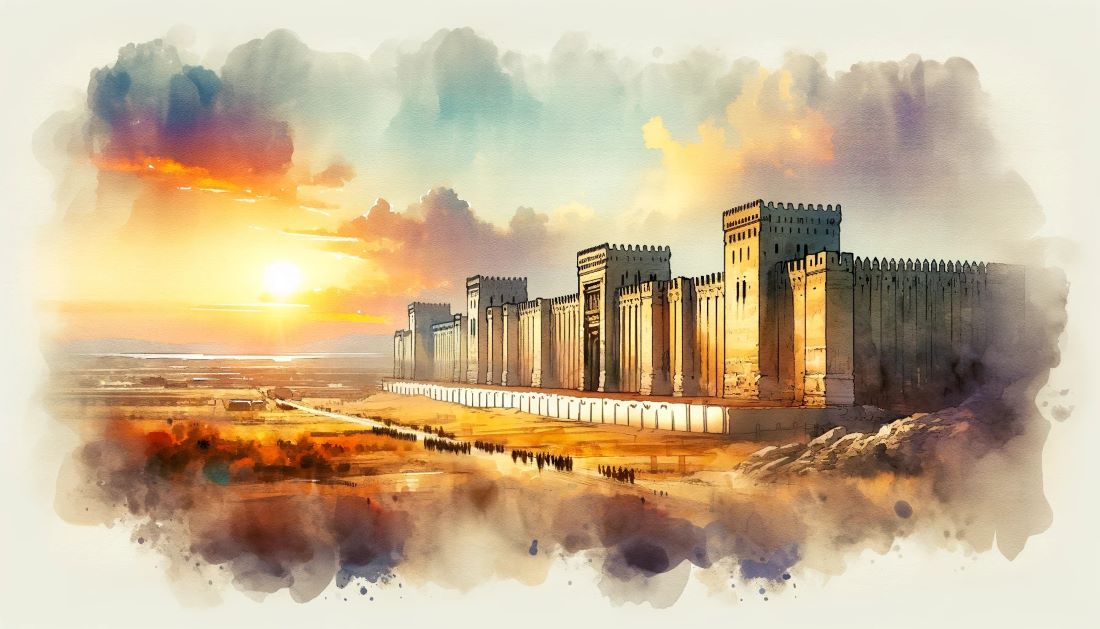The Trojan War is arguably the most famous conflict in history, shrouded in a mix of myth and potential reality, leaving scholars uncertain if it truly occurred or is merely a legendary tale. Our main sources of information on this epic event are from Homer’s “Iliad,” a masterpiece that blends historical possibility with the fantastical. This question of the war’s existence continues to captivate archaeologists, historians, and amateur researchers alike, with nearly the same fervor as it did a century ago. The allure of uncovering the truth behind the Trojan War engages minds around the world, merging the love for ancient narratives with the quest for historical validation.
Trojan War: The Core Narrative
The Trojan War, as immortalized by Homer’s “Iliad,” is often described as the most iconic conflict of the ancient world, blending the lines between myth and potential historical events. The war purportedly started over the most famous case of marital infidelity in ancient literature, when Paris, prince of Troy, abducted Helen, wife of Menelaus of Sparta. This act of abduction was seen as a grave insult to Menelaus and led to the assembly of a formidable Greek coalition aimed at laying siege to Troy to retrieve Helen and restore Spartan honor. Central to the narrative are heroic figures like Achilles, known for his unmatched prowess in battle and his fatal heel, and Hector, the valiant Trojan defender.
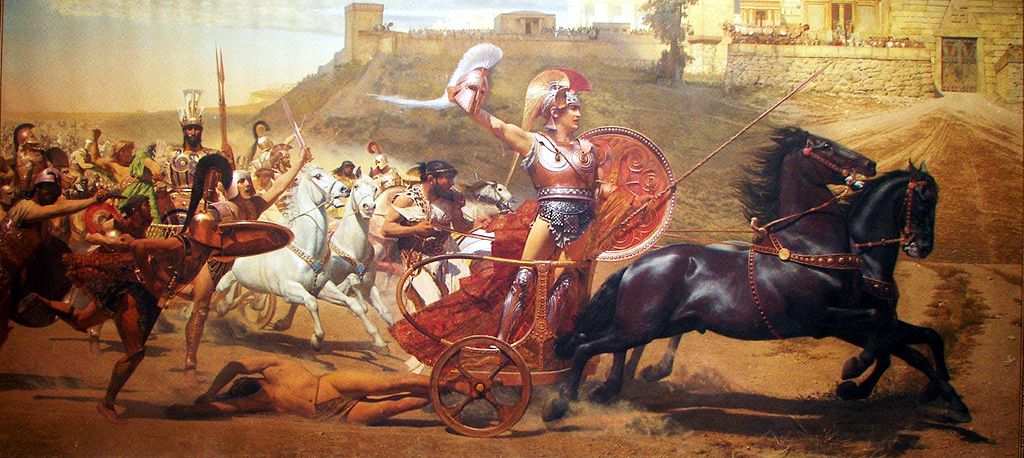
The war is said to have lasted ten years, featuring numerous legendary episodes such as the duel between Achilles and Hector, the intervention of gods on behalf of their favored mortals, and the strategic brilliance of Greek heroes like Odysseus. The turning point of the war, according to Homer, was the Greeks’ use of the Trojan Horse, a clever ruse to infiltrate the city of Troy. Soldiers hidden within the wooden construct emerged to open the city gates from the inside, leading to the sacking of Troy and concluding the war. The “Iliad,” while not covering the war in its entirety, focuses on key events and characters, providing a narrative filled with heroism, tragedy, and the profound consequences of human actions intertwined with divine will.
Greek Literary Sources on the Trojan War
The Trojan War, immortalized by Homer’s “Iliad” and “Odyssey,” represents just the tip of the iceberg in the vast sea of Greek literary sources that delve into this epic conflict. Beyond Homer, the Epic Cycle—comprising works like the “Cypria,” “Little Iliad,” “Sack of Ilium,” and “Returns”—offers a fuller picture of the war’s narrative. These texts, though largely lost and known only through fragments, expand on the events leading up to and following the war, including the detailed story of the Trojan Horse, which is not covered in Homer’s epics. The “Cypria,” for instance, recounts the initial causes of the war and the mistaken attack on Teuthrania, shedding light on the war’s complex prelude and hinting at a historical basis for some of the mythic tales, potentially blending ancient memories of real conflicts with the legendary siege of Troy.
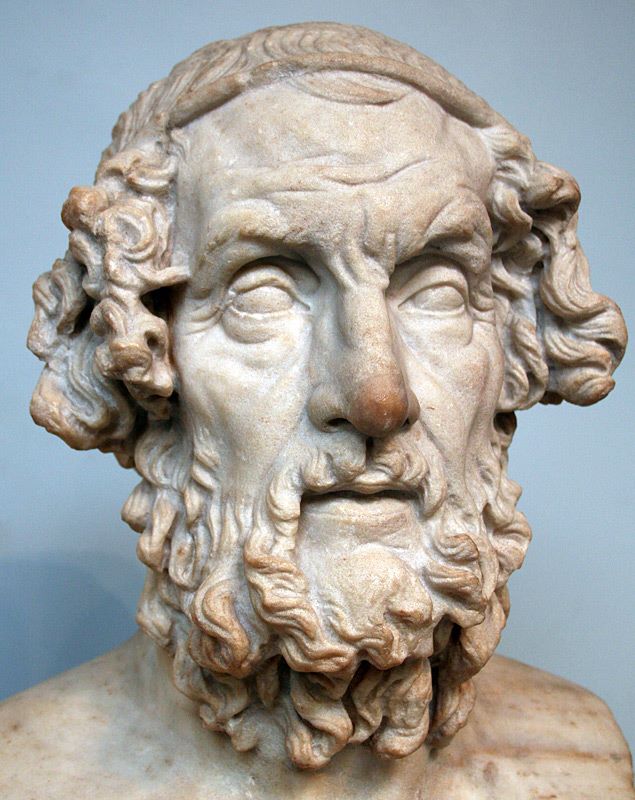
Additionally, intriguing insights come from archaeological discoveries and deciphered texts of the Hittite Empire, a powerful Anatolian civilization that existed during the same period as the Trojan War. These Hittite texts mention a place called “Wilusa,” which many scholars believe to be a reference to Troy. While the exact nature of the Hittite connection to the Trojan War remains debated, these records offer a tantalizing glimpse into the broader political landscape of the region and potentially point to interactions between the Mycenaean Greeks and the Hittite Empire, adding another layer of complexity to the story.
The significance of these additional texts lies not only in their expansion of the story but also in their contribution to our understanding of the ancient world, suggesting that the Trojan War might have been a series of conflicts rather than a single, decade-long siege. The Neoanalytical School’s interpretation of these narratives as containing echoes of even older stories supports the idea that the epic poets, including Homer, were weaving together centuries of tradition and history into their tales. This synthesis of Greek literary sources, from the “Iliad” and “Odyssey” to the broader Epic Cycle, creates a multidimensional view of the Trojan War, one that is as rich in historical intrigue as it is in mythological grandeur, offering a comprehensive account of one of antiquity’s most enduring stories.
Archaeologists and the Quest for the Trojan War
The discovery and excavation of the ancient city of Troy have been pivotal in blending the lines between myth and historical reality, providing tangible evidence that the legendary city—and by extension, the Trojan War itself—might have existed beyond the realm of epic poetry. Heinrich Schliemann, in the late 19th century, was the pioneer who, driven by a deep belief in the historicity of Homer’s epics, set out to find Troy. Schliemann’s excavations at Hisarlik, in modern-day Turkey, unearthed the remains of a city that he claimed was Troy. Despite criticisms regarding his methodology and conclusions, Schliemann’s work marked a monumental step in archaeological history, sparking further interest and research into the Trojan War and its setting.
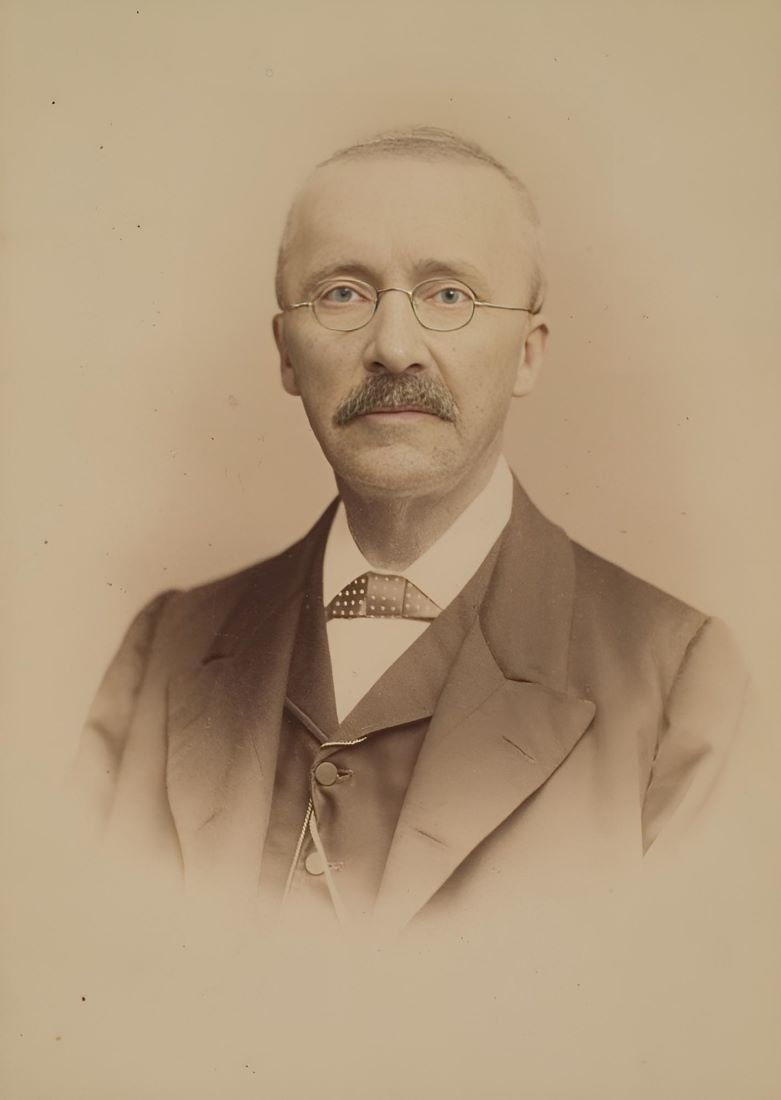
Following Schliemann, Wilhelm Dörpfeld and later Carl Blegen each made significant contributions, refining the understanding of the site through more systematic archaeological methods. Dörpfeld, working with Schliemann and later on his own, identified multiple layers of habitation at Hisarlik, suggesting a long history of occupation that could encompass the Troy of legend. Blegen, in the 20th century, further clarified the stratigraphy of the site, distinguishing between the various cities built atop one another at Hisarlik and offering evidence that supported the existence of a city that could be Homer’s Troy around the 12th century BCE.
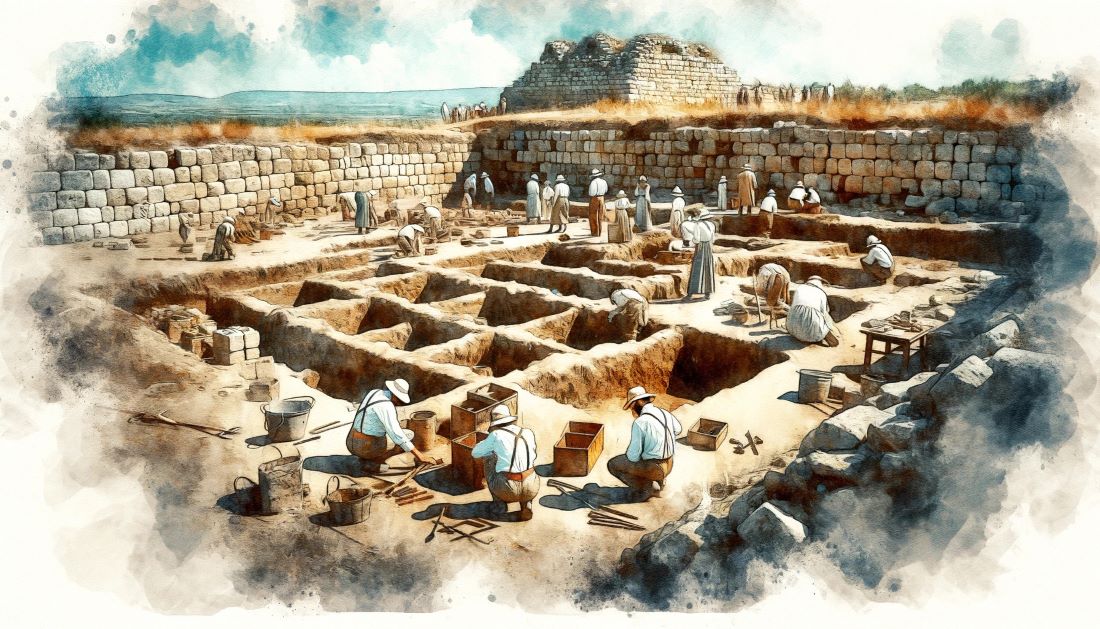
In the late 20th and early 21st centuries, Manfred Korfmann expanded the scope of Trojan research, employing modern archaeological techniques to reveal that Troy was more significant as a trade center than previously believed, lending weight to the theory that a conflict akin to the Trojan War could have been economically and politically motivated. Together, these archaeologists’ efforts have not only shed light on the physical remains of Troy but have also fueled the ongoing debate about the historical underpinnings of the Trojan War, making the ancient city a central piece in the puzzle of Bronze Age history.
Deciphering the Layers of Myth and History
The archaeological excavations of Troy have led to diverse theories about which layer of the city corresponds to the legendary Troy of Homer’s “Iliad.” The debate primarily centers around Troy VI and Troy VII, with scholars divided over which settlement represents the true backdrop of the Trojan War. Troy VI, characterized by its impressive architectural remains and evidence of significant wealth and cultural influence, was long considered a prime candidate. However, it is believed to have been destroyed by an earthquake rather than a siege, leading some to question its candidacy. In contrast, Troy VII, which shows signs of a sudden, violent destruction and aligns more closely with the traditional dating of the Trojan War (around the 12th century BCE), is seen by many as the more likely candidate. This layer’s archaeological profile suggests it could indeed be the city that fell to the Greeks, supporting narratives of a war rather than a natural disaster.
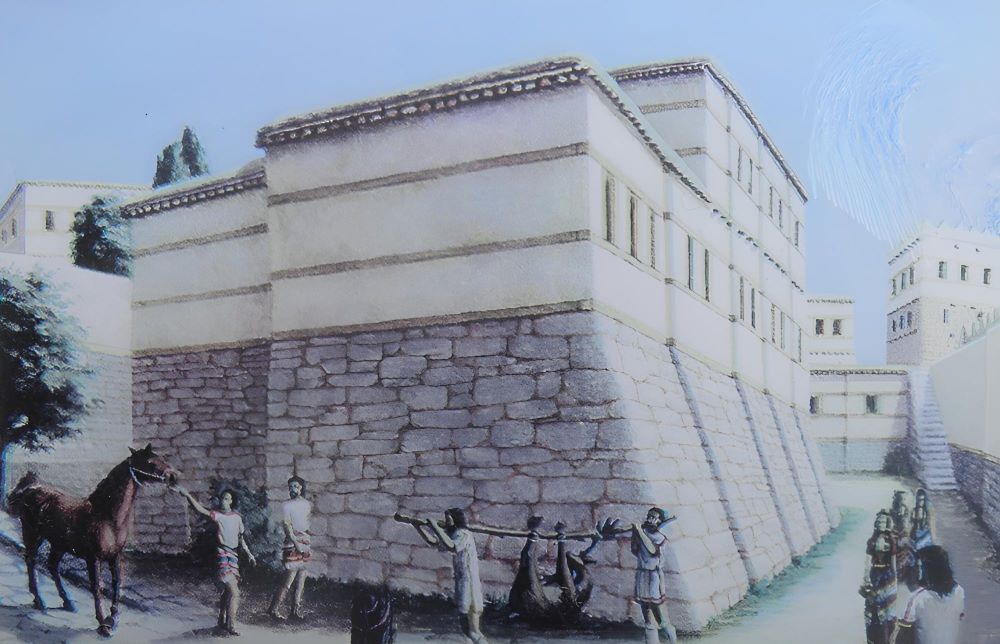
Amid these discussions, an intriguing theory has emerged that seeks to bridge myth with geological events: the interpretation of the Trojan Horse not as a literal wooden construct, but as a metaphor for an earthquake that devastated Troy VI. This theory posits that the story of the Trojan Horse, a stealthy destroyer from within, could be a poetic representation of the earth shaking and bringing down the walls of the city, an event that would have been devastating and memorable enough to be passed down through generations, gradually morphing into the legendary tale we know today. While there is no consensus among scholars regarding this interpretation, it underscores the complexity of deciphering ancient narratives and the ways in which natural events can become intertwined with cultural memories, shaping our understanding of history and myth. The ongoing archaeological investigations and scholarly debates continue to enrich our comprehension of Troy’s layers, both literal and metaphorical, revealing the multifaceted legacy of this ancient city at the crossroads of history and legend.
The Trojan War: Myth or Historical Event?
Despite extensive archaeological excavations and scholarly debates, there remains no unanimous conclusion about the historical reality of the Trojan War. The prevailing sentiment among researchers is that the city of Troy, with its strategic location and economic significance, could indeed have been the center of a major conflict that occurred in the 12th or 13th century BCE. This perspective is bolstered by evidence suggesting the destruction of a city layer that aligns with the traditional timeline of the war. However, the absence of definitive proof means that the question of whether the Trojan War as described by Homer ever happened remains open.
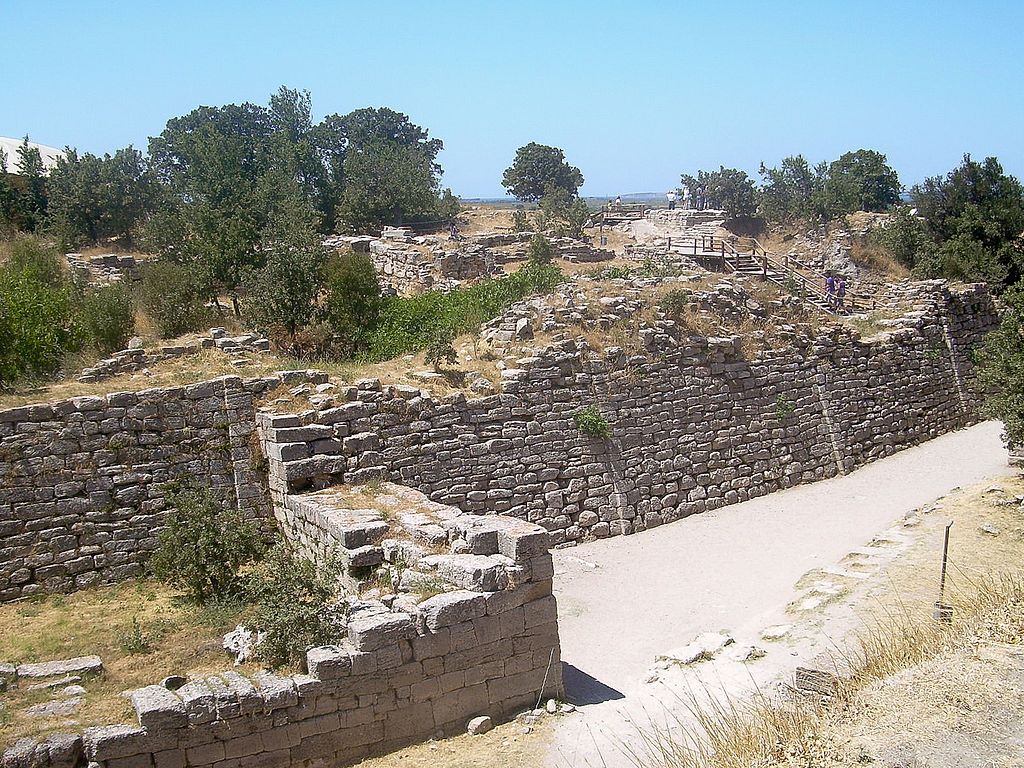
This uncertainty, far from being a scholarly dead-end, continues to fuel the quest for knowledge, inspiring new generations of archaeologists and historians to delve into the ancient past. The ongoing search for Troy and the Trojan War not only enriches our understanding of early human civilization but also keeps alive the tantalizing possibility of uncovering new facets of our shared history, ensuring that this legendary conflict will captivate the human imagination for years to come.
Historical Challenge: Can You Conquer the Past?
Answer more than 18 questions correctly, and you will win a copy of History Chronicles Magazine Vol 1! Take our interactive history quiz now and put your knowledge to the test!

